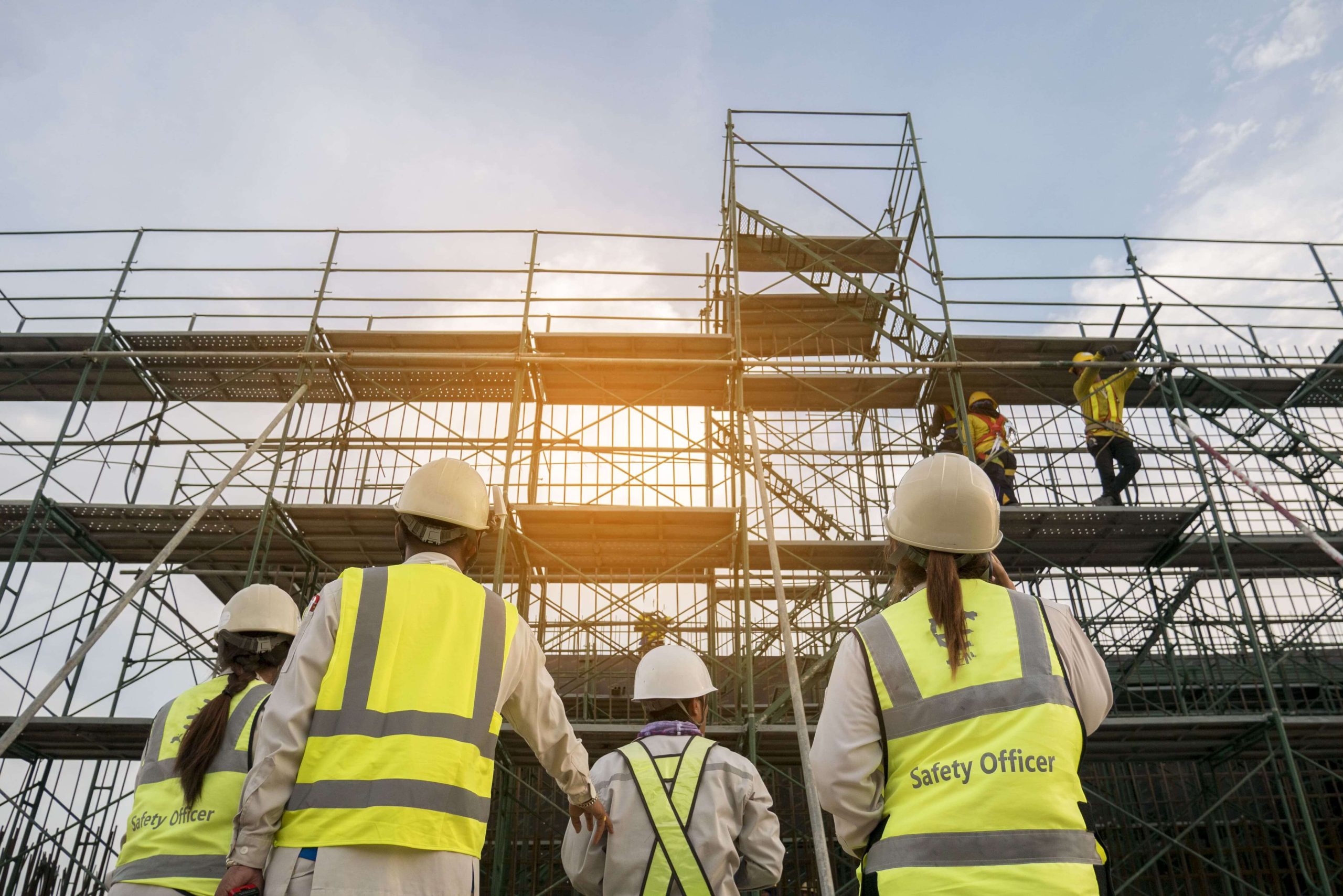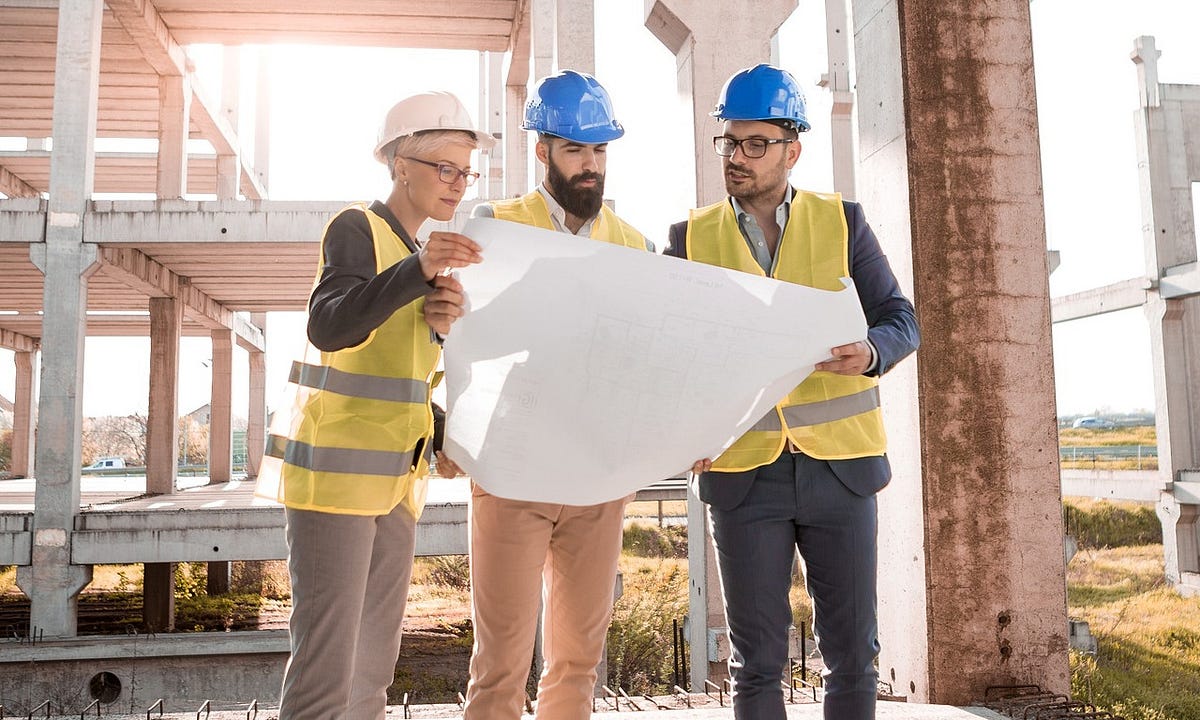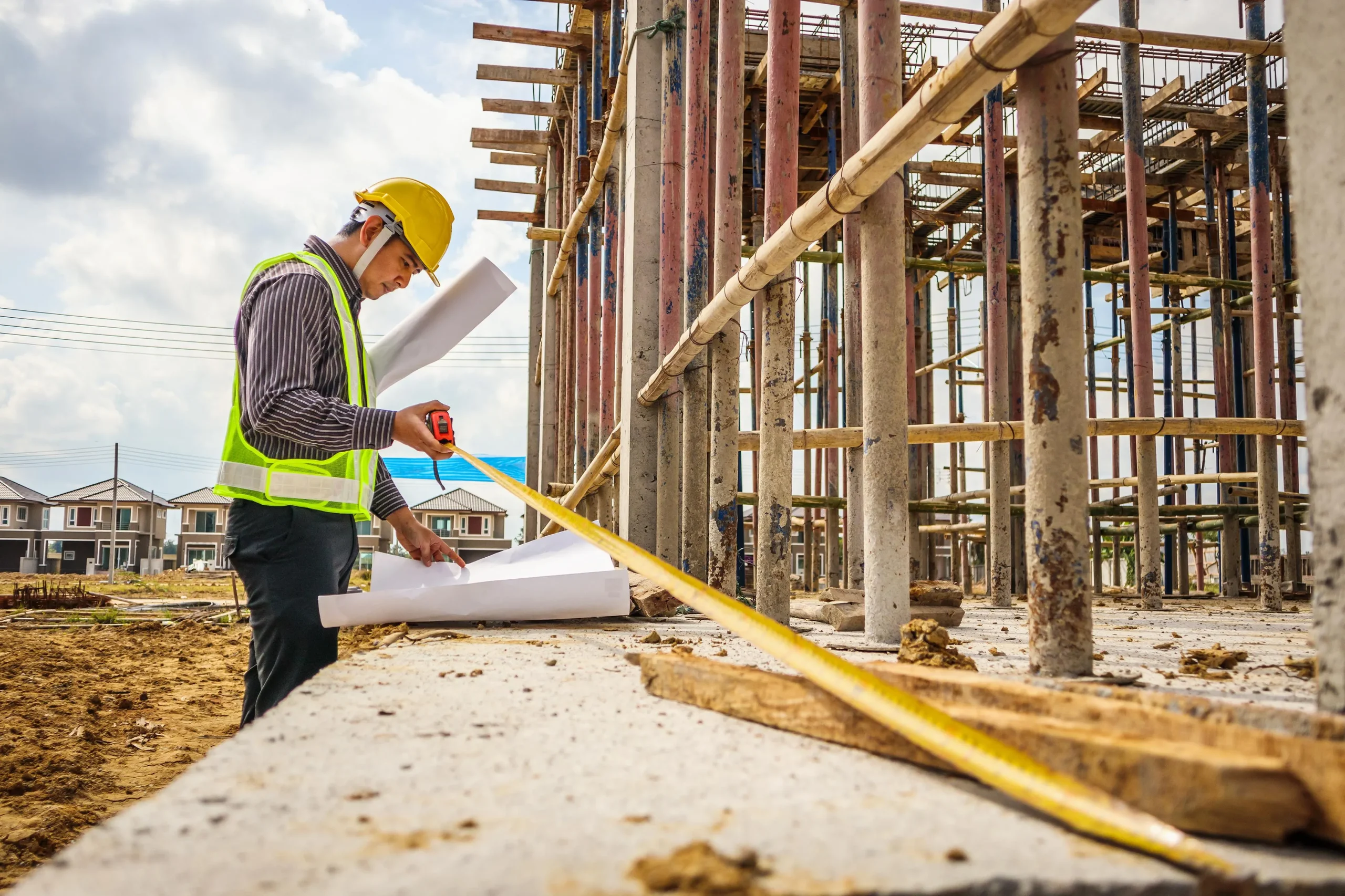A well-structured construction logistics plan is the foundation for a smooth, efficient, and cost-effective building project. Whether you’re overseeing a residential renovation or a large-scale commercial development, proper logistics planning ensures that every resource, from materials and machinery to labor and permits, is delivered, stored, and utilized at the right time and place. At Logistics Safety and Permitting Inc, we specialize in construction logistics planning, helping clients navigate complex projects with precision, compliance, and safety in mind.
Why a Construction Logistics Plan Matters
Without a proper plan, even the most promising construction projects can face unnecessary delays, budget overruns, and safety risks. A construction logistics plan acts as a roadmap that coordinates all moving parts, ensuring efficiency and minimizing downtime.
Some key benefits include:
- Timely deliveries that prevent work stoppages.
- Reduced waste through efficient material management.
- Enhanced site safety with well-defined traffic and storage zones.
- Compliance with local ordinances and permitting requirements.
Step 1: Assess the Project Scope and Site Conditions
Before creating any logistics plan, start with a thorough site assessment. This involves:
- Measuring available space for storage and equipment placement.
- Identifying access points for deliveries and worker entry.
- Reviewing site hazards and safety concerns.
- Considering environmental factors such as drainage, wind patterns, or noise restrictions.
Many construction projects face challenges related to space, access, and safety, which is why businesses often rely on construction logistics services to manage these complexities.
Step 2: Understand Local Regulations and Permitting
Every municipality has its own set of construction regulations. You may need permits for street closures, heavy equipment use, or temporary structures. Failing to comply can lead to costly delays.
A solid construction logistics plan incorporates:
- Required permits and application timelines.
- Local traffic management requirements.
- Environmental compliance measures.
Step 3: Plan for Material Storage and Handling
Efficient storage isn’t just about finding space, it’s about accessibility and safety. Materials should be stored close to their point of use but without obstructing workflows or posing hazards.
Tips for effective storage:
- Use just-in-time delivery to reduce clutter.
- Separate flammable or hazardous materials from high-traffic areas.
- Label storage zones for easy identification.
Step 4: Coordinate Delivery Logistics
Delivery schedules must align with project phases. Late or early deliveries can cause congestion, safety risks, or wasted resources.
Best practices for delivery planning include:
- Scheduling off-peak deliveries to reduce traffic impact.
- Coordinating with suppliers for precise arrival times.
- Having unloading equipment ready to avoid delays.
Step 5: Site Safety and Risk Management
Safety isn’t just a legal requirement, it’s a moral one. Incorporating safety protocols into your construction logistics plan reduces the risk of accidents and keeps workers protected.
Key safety measures include:
- Clearly marked pedestrian and vehicle pathways.
- Proper lighting for nighttime or enclosed work areas.
- Regular safety inspections and hazard reporting.
Step 6: Scheduling and Workflow Optimization
An effective construction logistics plan aligns delivery schedules, labor availability, and construction phases to keep the project on track. Use project management tools to create visual timelines and ensure all stakeholders are aligned.
Step 7: Waste Management and Sustainability
Waste management should be part of the initial logistics plan, not an afterthought. This includes:
- Designating recycling and waste disposal areas.
- Scheduling regular waste pickups.
- Reducing material waste through accurate ordering and careful handling.
Conclusion
A construction logistics plan is more than just paperwork, it’s a strategic tool that keeps your project efficient, compliant, and safe from day one to completion. Partnering with experts like Logistics Safety and Permitting Inc ensures your plan is tailored to meet the unique demands of your project.
FAQs
1. What is a construction logistics plan?
A construction logistics plan is a detailed strategy outlining how materials, equipment, and workers will be delivered, stored, and managed throughout a construction project.
2. Why is logistics planning important for construction projects?
It ensures efficiency, reduces costs, maintains safety, and prevents project delays.
3. Do I need a logistics plan for small residential projects?
Yes, even small projects benefit from logistics planning to avoid delays, waste, and safety issues.
4. How do local regulations affect logistics planning?
Local ordinances may dictate delivery hours, traffic routes, or storage areas, making compliance essential to avoid penalties.
5. Can I hire a company to create my logistics plan?
Absolutely. Companies offering construction logistics services specialize in creating customized plans that address site-specific challenges.







